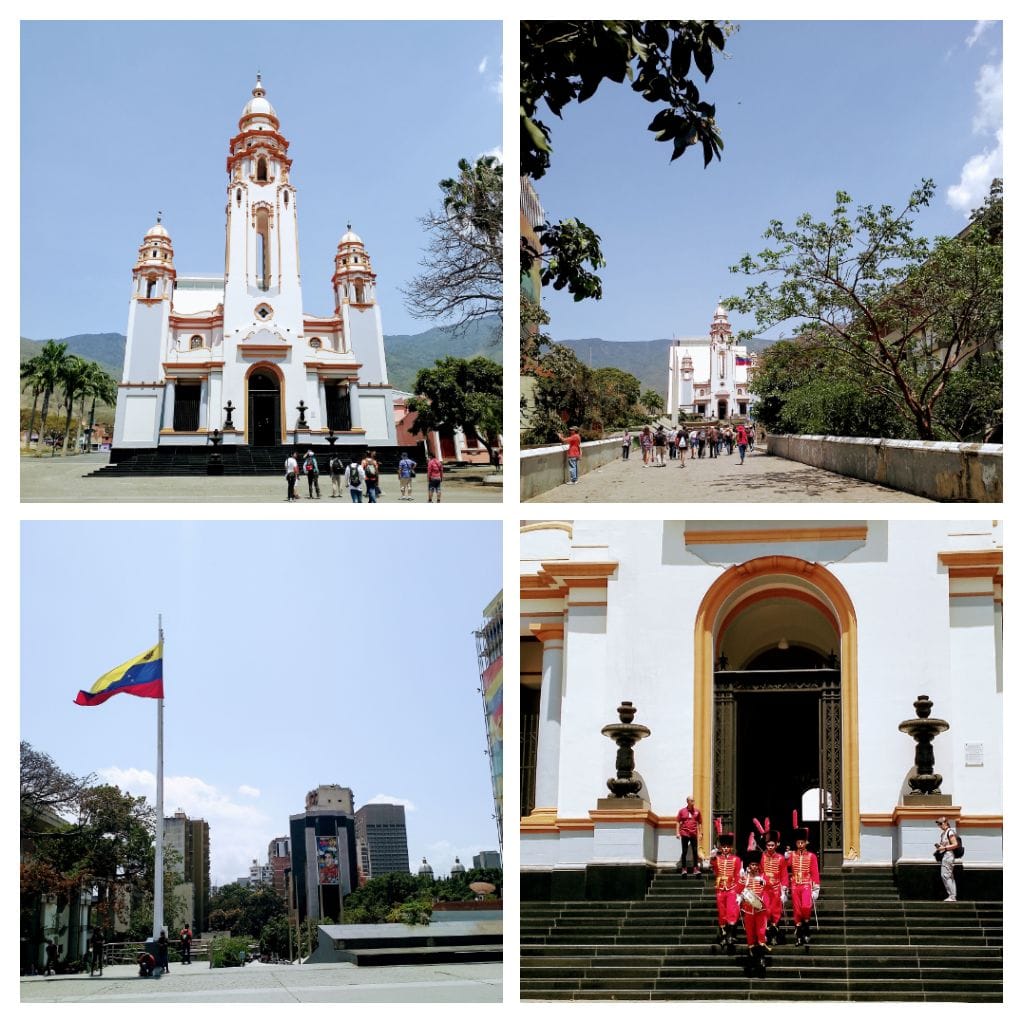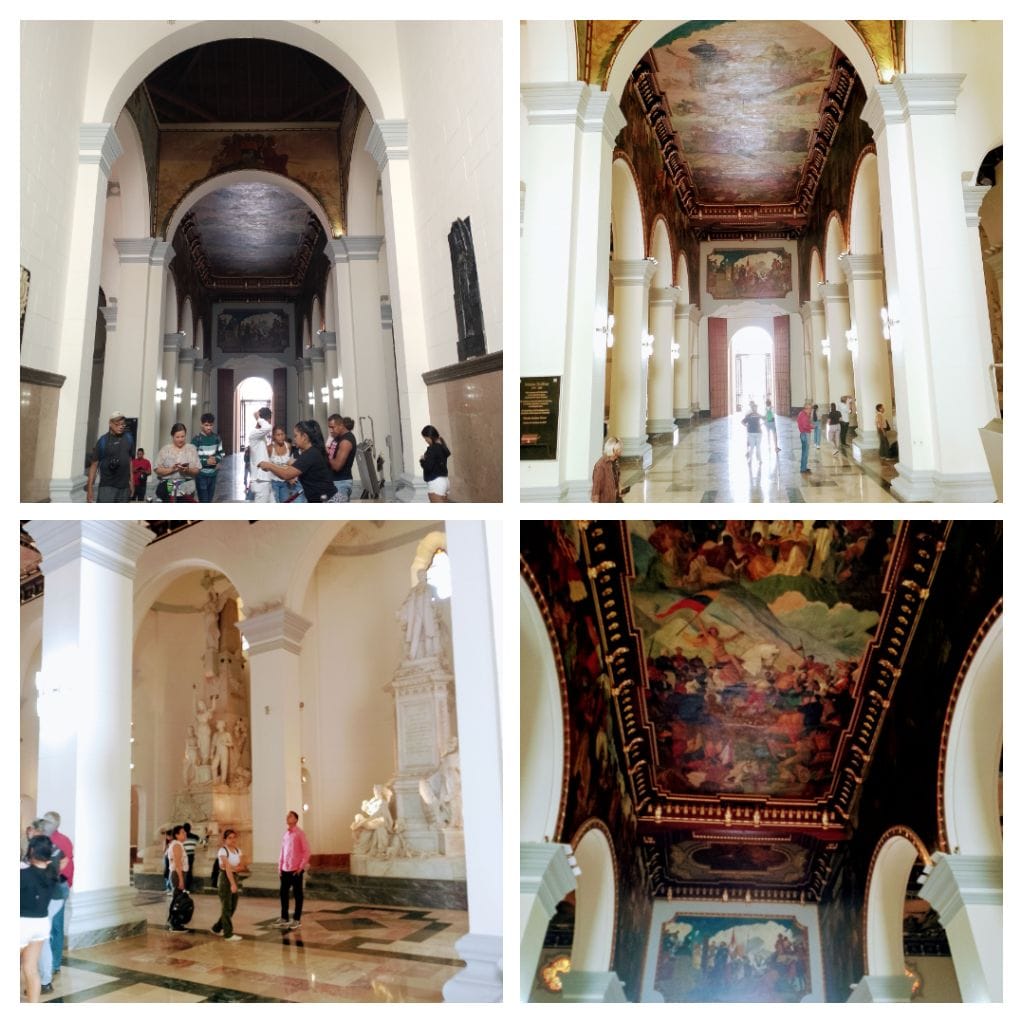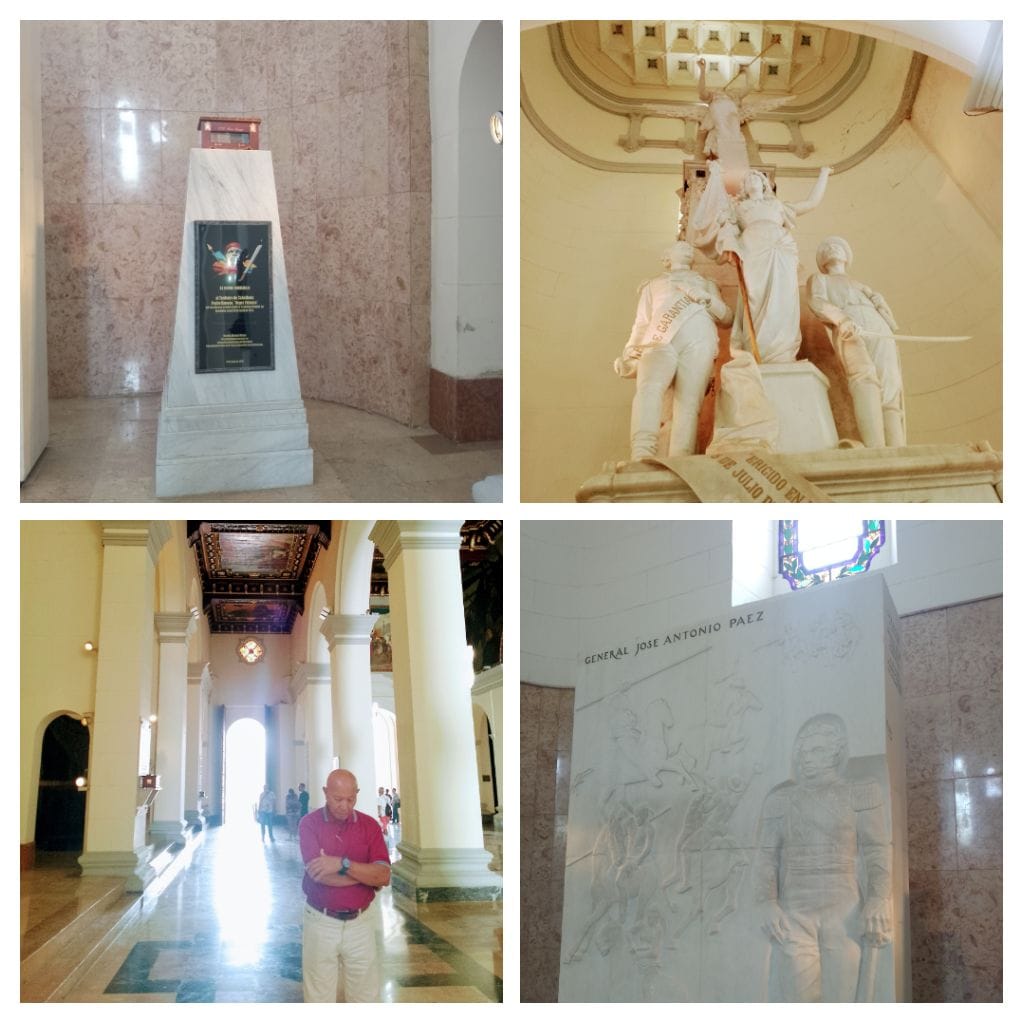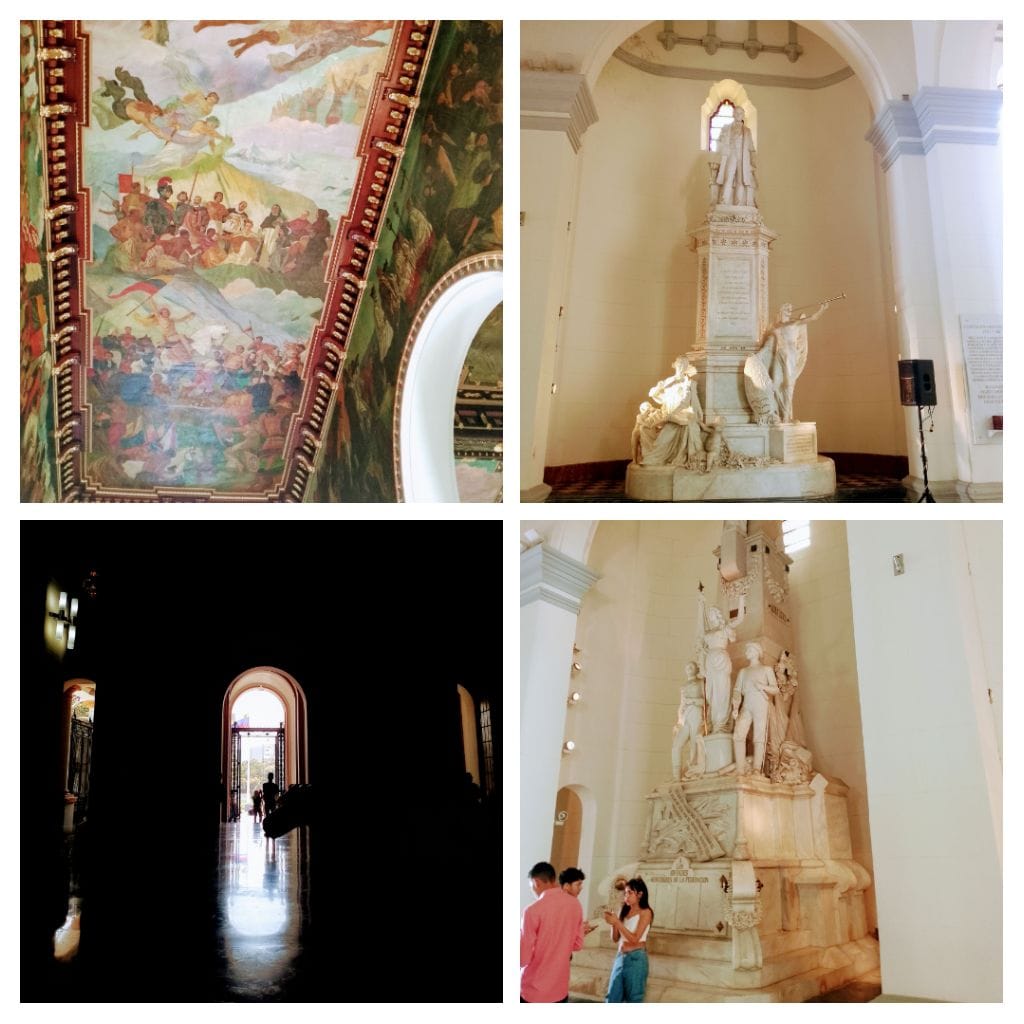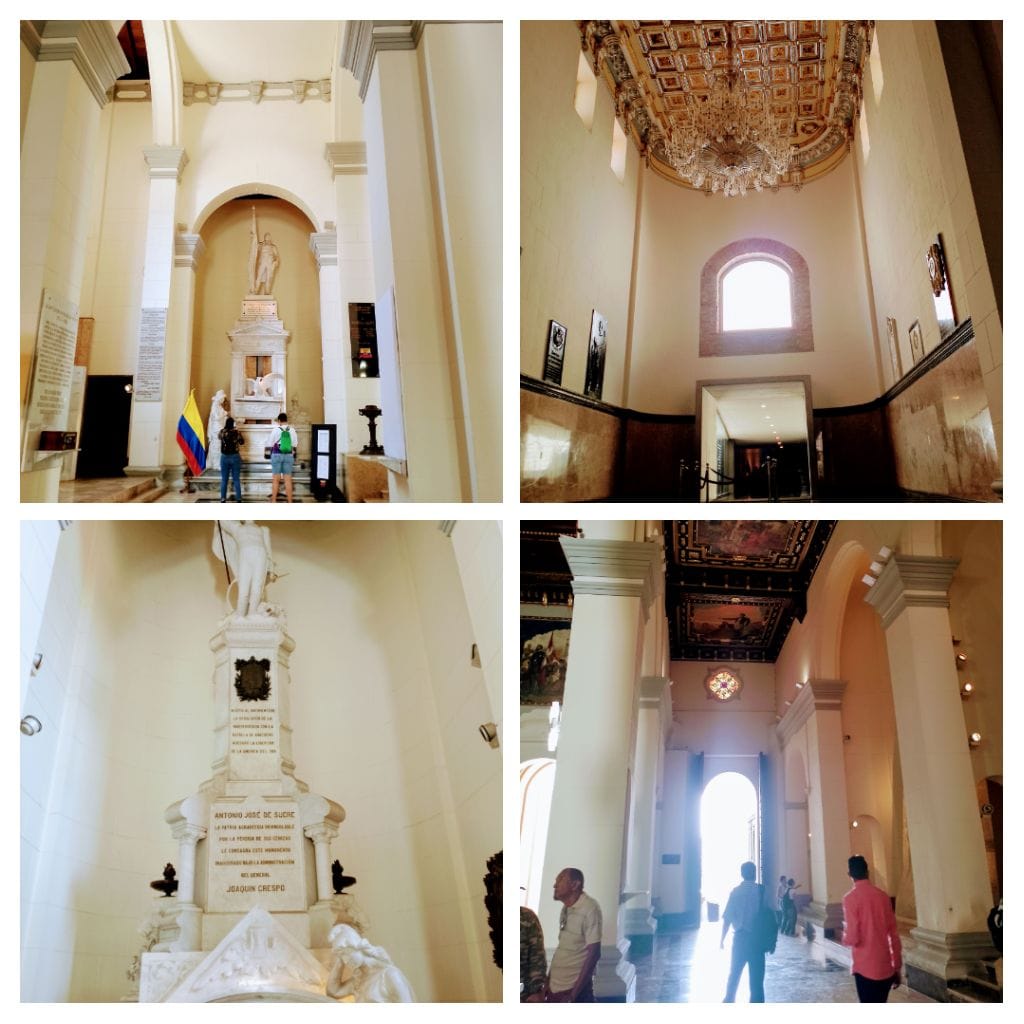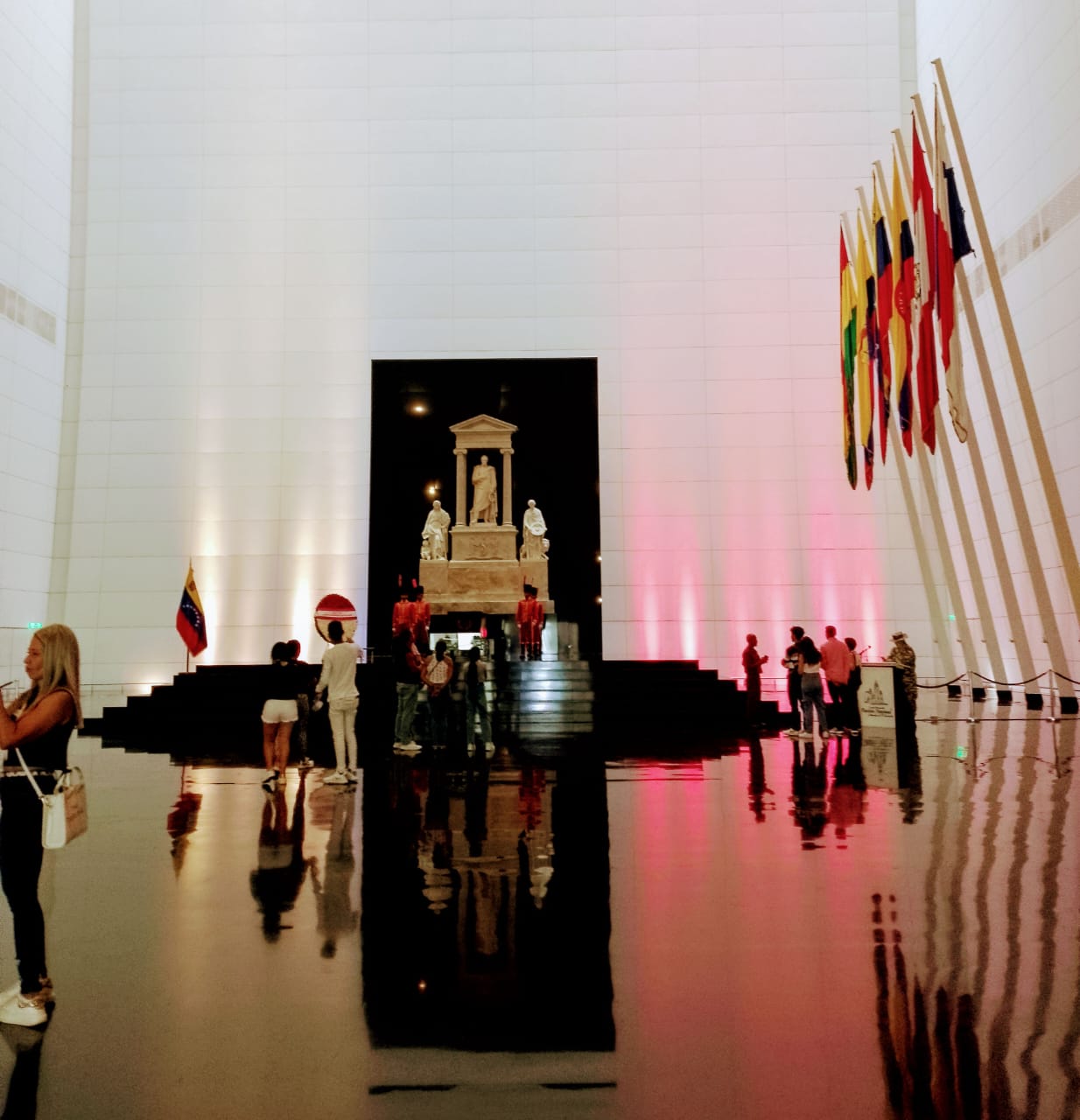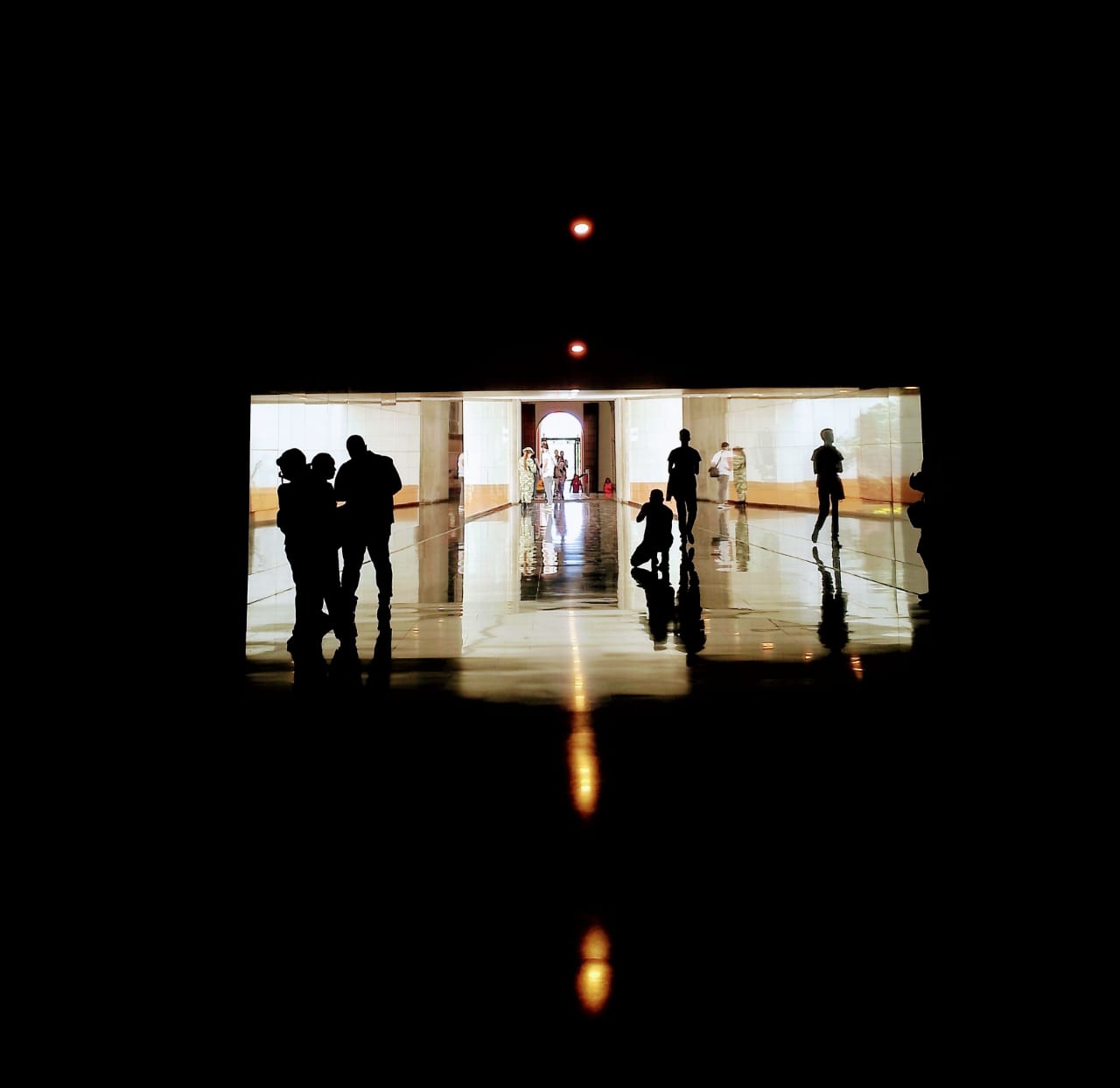I tell you that I am in a group of amateur photographers. There are a variety of people, some professionals, others students, others with their semi-professional cameras and me, with my humble tecno spark cell phone hahaha.
This group is the perfect excuse to walk around the city, meet people, new places and take pictures. Well, in our last adventure, we went for a walk through several places in the historic center of Caracas, Venezuela: El Calvario Park, Simon Bolivar Center, Plaza Bolivar and the National Pantheon.
Today I bring you my tour of the National Pantheon, a place I haven't visited for 03 years. This place used to be the Santísima Trinidad church, a very old church that functioned in colonial times, that is, it is more than 200 years old, which makes it really old for a city that is relatively young. An interesting fact is that in 1812 there was an earthquake in Caracas and this church was partially destroyed.
The entrance to the Pantheon is from a 17th century church. It has a central tower and two smaller side towers. Its exterior walls are painted in white and orange. The interior of the enclosure is dominated by white and two rows of very high central columns. On both sides of this spacious place there are abundant sculptures in homage to people who were present in the war of independence and the federal war, as well as commemorative plaques and coffers in honor of those who participated in the liberation and development of our country.
The most impressive part of the Pantheon, its old side, is the ceiling, totally decorated with paintings by the artist Tito Salas. I can not imagine the pain in the neck of this man, during the many hours he spent in a not very pleasant position to capture his work forever in this place.
I am going to tell you something that made a great impression on me: at some point in history, back in 1874 and by mandate of President Antonio Guzmán Blanco, the Santísima Trinidad church was converted into a funerary monument, where throughout history the mortal remains of outstanding personalities of our history have been placed. I counted the list and there are approximately 190 people buried there, I never thought there were so many!
The most illustrious of these characters is our Liberator Simón Bolívar, to whom a mausoleum has been built, a totally solemn enclosure. It is a pyramidal structure, very high to take a picture. Its white walls and black marble floor, give sobriety and I accept it, a lot of respect. At the back of the mausoleum is located on a platform with steps and a monument. Right in the center, the sarcophagus where the remains of Simon Bolivar rest.
At the moment of our entrance to the National Pantheon, we had the opportunity to witness the changing of the guard of honor. It was very nice to see how the military retired from the place.
Thank you for joining me on this historic route. See you in the next installment.
Follow me on my social networks:
Tibaire_ValeroOnly_AmigurumisOwn photos taken with my Tecno Spark cell phone //.
I used the free version of
Deepl.com as the translator.
